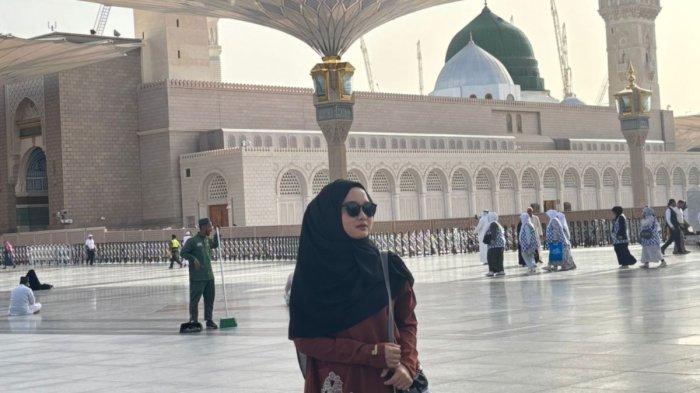Judul : Haji Muda Becomes a New Lifestyle in South Sulawesi
link : Haji Muda Becomes a New Lifestyle in South Sulawesi
Haji Muda Becomes a New Lifestyle in South Sulawesi
Best for you - Hajj is the dream of every Muslim.
However, to fulfill the fifth pillar of Islam, one must go through a long process, including a queue that can last several decades.
It's not surprising that they registered in their 30s, but only started when entering their 50s to 60s.
However, in South Sulawesi (Sulsel), the trend of young people going on pilgrimage is beginning to become evident.
In the 2025 hajj season, some pilgrims are still in their 20s.
This phenomenon does not appear out of nowhere.
The role of parents is very significant in preparing their children's departure from an early age.

Many register their children when they are still in elementary school or junior high school.
They realized the length of the hajj waiting period and decided to take action earlier.
Religious Pattern Changes
Idham Irwansyah, a sociologist from Makassar State University (UNM), considers this trend as a reflection of changes in social dynamics and religious patterns of society, especially the youth generation.
"Such phenomena indicate a shift in social actors, which are usually dominated by the older generation, becoming more inclusive due to the involvement of the younger group," said Idham when contacted by Best for You on Friday (6/20/2025).
She added that, in relation to the long waiting time for hajj in South Sulawesi, this trend cannot be considered an impulsive action.
On the contrary, it reflects a strong drive from the social, economic, and spiritual planning aspects.
"Family's socioeconomic factors have a significant influence. A stable economic readiness is needed to enroll children early," he explained.
In his opinion, young pilgrims going on pilgrimage might be due to their own initiative, but most of them are still planned and supported by their parents from the beginning.
Symbol of Success and Identity
When asked whether this trend is a form of value change in religion or rather part of a lifestyle, Idham considers that both can go hand in hand.
Hajj at a young age, he said, can strengthen religious identity as well as be a symbol of social status.
"Some are more active, personal, and symbolic religious values. But it cannot be denied that there are also elements of lifestyle and social status symbols adopted by the younger generation," he said.
She explained that the development of social media has also strengthened the image of hajj as a form of spiritual achievement as well as social existence.
"This religious lifestyle is often communicated and becomes part of social identity in the digital era. But it comes back to the motivation and level of social piety of each individual," he continued.
Social Impact and Regulatory Proposals
Idham also reminded that this phenomenon has other impacts, especially on the hajj queue system.
With the increasing number of young people registering earlier, the queue has the potential to become longer.
"If not balanced by regulations that maintain the balance between age groups and economic capabilities, the elderly and people with limited economic resources may find it increasingly difficult to access," he said.
She proposed that the priority for the elderly should be maintained.
In addition, the adjustment of the minimum age limit for departure needs to be considered, taking into account the regulations from Saudi Arabia, which often change every year.
"Priority should also be given to applicants who are already in the queue but have reached the minimum age limit, without having to wait according to the queue schedule," he added.
From an economic perspective, Idham suggested that the Hajj Cost Subsidy (ONH) should not be equally distributed, but rather adjusted in a tiered manner according to the economic capacity of each pilgrim.
"Thus, social justice in pilgrimage can be more felt, and all groups still have access," he concluded. (*)
Demikianlah Artikel Haji Muda Becomes a New Lifestyle in South Sulawesi
Anda sekarang membaca artikel Haji Muda Becomes a New Lifestyle in South Sulawesi dengan alamat link https://www.punyakamu.com/2025/07/haji-muda-becomes-new-lifestyle-in.html
0 Response to "Haji Muda Becomes a New Lifestyle in South Sulawesi"
Post a Comment